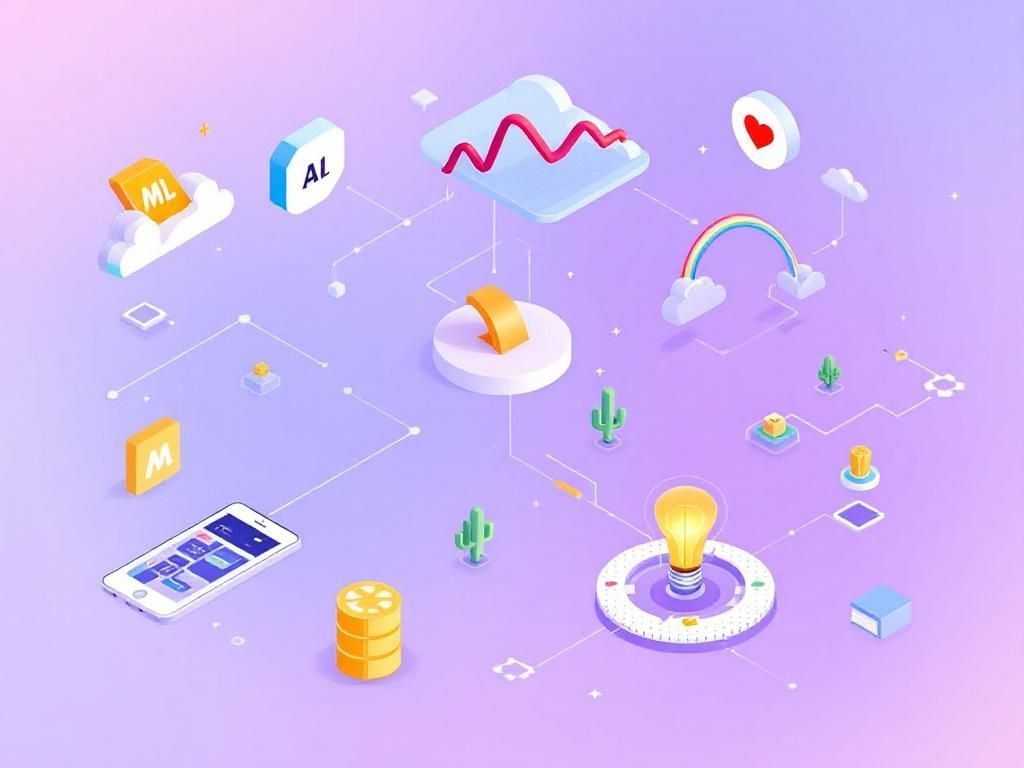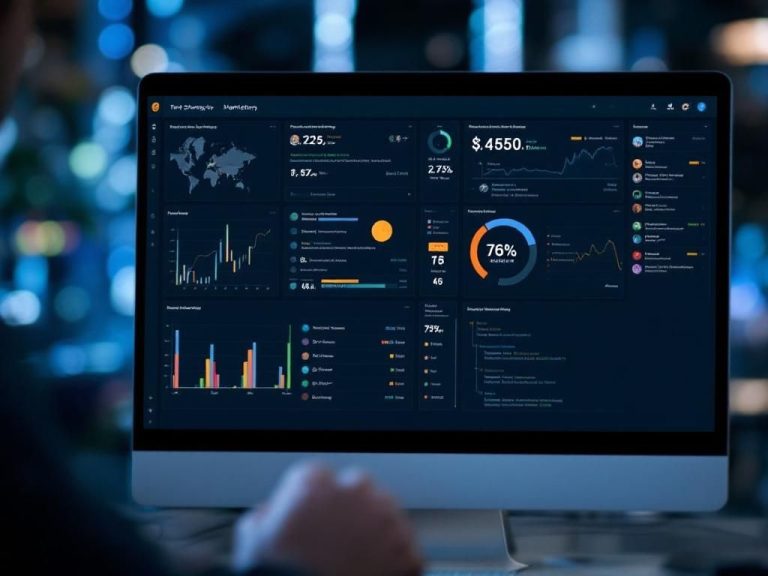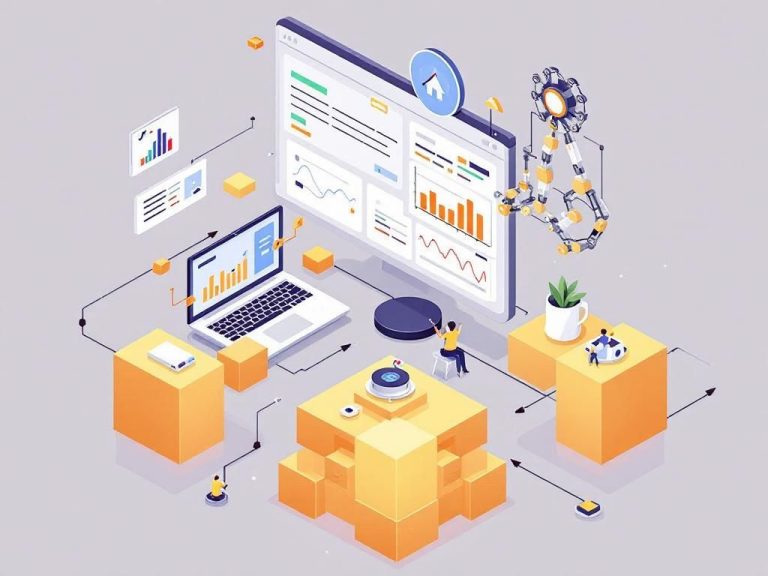As the demand for real-time data processing and intelligent systems grows, edge machine learning (ML) emerges as a critical player in various industries. In 2025, cutting-edge platforms will redefine how we approach edge ML, making it more accessible, efficient, and powerful. This article explores the innovative platforms set to revolutionize edge ML, their key features, and the impact they will have on different sectors.
Understanding Edge Machine Learning
Edge machine learning refers to the practice of performing data processing and analytics at or near the source of data generation instead of relying solely on centralized cloud servers. This approach offers numerous advantages, such as reduced latency, enhanced privacy, and lower bandwidth requirements.
Key Characteristics of Edge ML
- Low Latency: Immediate data processing enables real-time decision-making.
- Bandwidth Efficiency: Minimizes the need for constant data transfer to the cloud.
- Enhanced Privacy: Sensitive data can be processed locally, reducing exposure.
- Resilience: Systems can continue functioning even with intermittent cloud connectivity.
Leading Platforms for Edge ML in 2025
Several platforms are poised to lead the edge ML landscape in 2025, each offering unique capabilities and benefits. Below are some of the most promising ones:
1. Nvidia Jetson
Nvidia’s Jetson platform provides an efficient solution for deploying AI applications on edge devices. It combines powerful GPUs with a sophisticated software stack, allowing developers to create applications that require real-time inference.
Key Features:
- Support for deep learning frameworks such as TensorFlow and PyTorch.
- Optimized for computer vision, robotics, and IoT applications.
- Robust community support and extensive documentation.
2. Google Coral
The Google Coral platform focuses on bringing machine learning to edge devices using the Edge TPU (Tensor Processing Unit). Its hardware and software products are designed to facilitate the deployment of ML models at the edge.
Specifications:
| Product | Processing Power | Use Cases |
|---|---|---|
| Coral Dev Board | 4 TOPS | Smart cameras, IoT devices |
| Coral USB Accelerator | 4 TOPS | Data analytics, real-time monitoring |
3. AWS IoT Greengrass
Amazon’s AWS IoT Greengrass extends AWS functionalities to edge devices, allowing them to act locally on the data they generate while still using the cloud for management and analytics.
Benefits:
- Secure local data processing and storage.
- Integration with AWS services for scalability.
- Support for Lambda functions on the edge.
4. Microsoft Azure IoT Edge
Azure IoT Edge is a service that allows users to run cloud intelligence directly on IoT devices. It brings analytics, AI, and other Azure services to the edge, allowing data to be processed where it is generated.
Notable Features:
Challenges and Considerations
While edge ML platforms offer significant advantages, there are also challenges that organizations must address:
1. Data Management
Managing data at the edge requires robust strategies to handle data storage, processing, and analytics, especially as the volume of data generated grows exponentially.
2. Security Concerns
Devices at the edge can be vulnerable to cyber threats. Implementing strong security measures is essential to protect sensitive information.
3. Model Deployment
Deploying and maintaining machine learning models at the edge can be more complex than in a centralized cloud environment, necessitating specialized skills and tools.
Future Outlook
The future of edge ML looks promising, with anticipated advancements in AI algorithms, hardware capabilities, and cloud integration. Organizations that embrace these platforms will likely gain a competitive edge in their respective fields.
Potential Applications
- Healthcare: Real-time patient monitoring using wearable devices.
- Manufacturing: Predictive maintenance and quality control.
- Smart Cities: Traffic management and environmental monitoring.
Conclusion
The evolution of edge machine learning platforms will redefine how businesses operate, bringing real-time analytics and decision-making directly to the source of data generation. By leveraging the strengths of these platforms, organizations can enhance efficiency, reduce costs, and drive innovation. As we move towards 2025, staying informed about these developments will be crucial for any tech-savvy professional.
FAQ
What is Edge ML?
Edge ML refers to machine learning techniques that are implemented on edge devices, allowing data processing to occur closer to the source of data generation, rather than relying solely on centralized cloud computing.
How can platforms revolutionize Edge ML in 2025?
Platforms can revolutionize Edge ML in 2025 by providing advanced tools, frameworks, and infrastructure that enhance the efficiency, scalability, and performance of machine learning models deployed on edge devices.
What are the benefits of using Edge ML platforms?
The benefits of using Edge ML platforms include reduced latency, improved data privacy, lower bandwidth costs, and the ability to operate in real-time environments where immediate decision-making is critical.
Which platforms are leading the Edge ML revolution?
Some leading platforms in the Edge ML space include Google’s TensorFlow Lite, Microsoft’s Azure IoT Edge, Amazon’s SageMaker Edge, and NVIDIA’s Jetson, each offering unique features for developers.
What industries can benefit from Edge ML technologies?
Industries such as manufacturing, healthcare, transportation, and smart cities can significantly benefit from Edge ML technologies by leveraging real-time analytics and automation to enhance operational efficiency and innovation.
How is the future of Edge ML expected to evolve beyond 2025?
The future of Edge ML is expected to evolve with advancements in hardware capabilities, integration with 5G technology, and the development of more sophisticated algorithms, leading to smarter and more autonomous edge devices.




